Offshore Wind Energy Logistics in California: Pier Wind Terminal Development Project is Underway
The State, as part of its AB 525 Port Readiness Plan, has estimated that three to five staging and integration (S&I) sites (to receive, stage, store, and assemble wind turbine generator systems) and four foundation assembly sites, each of which is estimated at approximately 80-100 acres, are needed to meet California’s goal to deploy 25 gigawatts (GW) of OSW power by 2045 and support the US in meeting its goal to deploy 110 GW of OSW power by 2050 and 15 GW of floating OSW power by 2035.
Aspen is working with the Port of Long Beach (POLB) on an extremely exciting and timely project – the Pier Wind Terminal Development Project. Ports are a key component to the development of offshore wind (OSW) as they can provide large areas for the assembly of floating foundations and wind turbine generator systems prior to being shipped out to the OSW farms, anticipated to be located in the Bureau of Ocean and Energy Management lease areas in Central and Northern California.
The Pier Wind Terminal Development Project would construct and operate a 400-acre terminal (Pier Wind Terminal) and a 30-acre transportation corridor for S&I of wind turbine generator systems and floating foundation assembly to support the OSW industry. This project would provide the waterfront facilities at the POLB needed to meet the requirements of the AB 525 Port Readiness Plan, and to provide for efficient S&I, floating foundation assembly, and support major maintenance activities for large floating OSW turbine systems to be deployed off the West Coast of the US. The project also aims to enable California and the US to meet the aforementioned OSW power goals that would facilitate the transition from fossil fuel dependence to renewable energy, thereby reducing greenhouse gas emissions that contribute to climate change. Additionally, the project would not only provide opportunities for local job creation for OSW development to maximize economic benefits but also provide for economies of scale to assist in reducing the cost of floating OSW technologies by more than 70 percent by 2035 as set forth in the federal Floating Offshore Wind Shot™ initiative. Lastly, the project would support the POLB’s Zero Emissions, Energy Resilient Operations Policy objective to support state and federal efforts to develop and supply renewable energy, which would facilitate achieving POLB goals under the Green Port Policy, Energy Policy, and Clean Air Action Plan 2017 Update.
Aspen completed the project description and Initial Study/Notice of Preparation, which was issued on November 30, 2023. The Notice of Intent was issued by the US Army Corps of Engineers on December 19, 2023. Aspen will be working on technical studies and the Environmental Impact Report/Environmental Impact Statement through 2024-2025, as well as providing permitting support in 2025/2026.


